Last week, I saw an innocent little item Mod Betty had put on her Facebook page concerning the John Margolies collection that the Library of Congress put out recently. John Margolies passed away last year, and the LOC was providing those interested with a look at over 11,000 images he had taken over the years of roadside architecture and signage. The name seemed somewhat familiar, so I did what we all do, I went to Google with a bunch of questions about John Margolies, and they provided the necessary information on who he was, and examples of his work. The picture Google put next to the name stopped me dead in my tracks.
It was 1989. I saw an ad in the newspaper for a waiter position for a resort called Scott’s Oquaga Lake House. My only previous work experience had been a summer at McDonald’s, and I wasn’t prepared to go back to that, so I called the number on the ad and set up an interview. The place I was going was in Deposit, which was over 20 miles from my house, but this was truly a case of beggars not being able to be choosers. I needed a job, any job.
Scott’s Oquaga Lake House sounded like the perfect place for me to work, and in a lot of ways, it was. It was minimum wage, no tips, and I could stay in a room on the campus (for a fee) and eat my meals in the kitchen (for another fee). I could start right away, so I started right away. My first paycheck was upwards of 50 bucks all tolled.
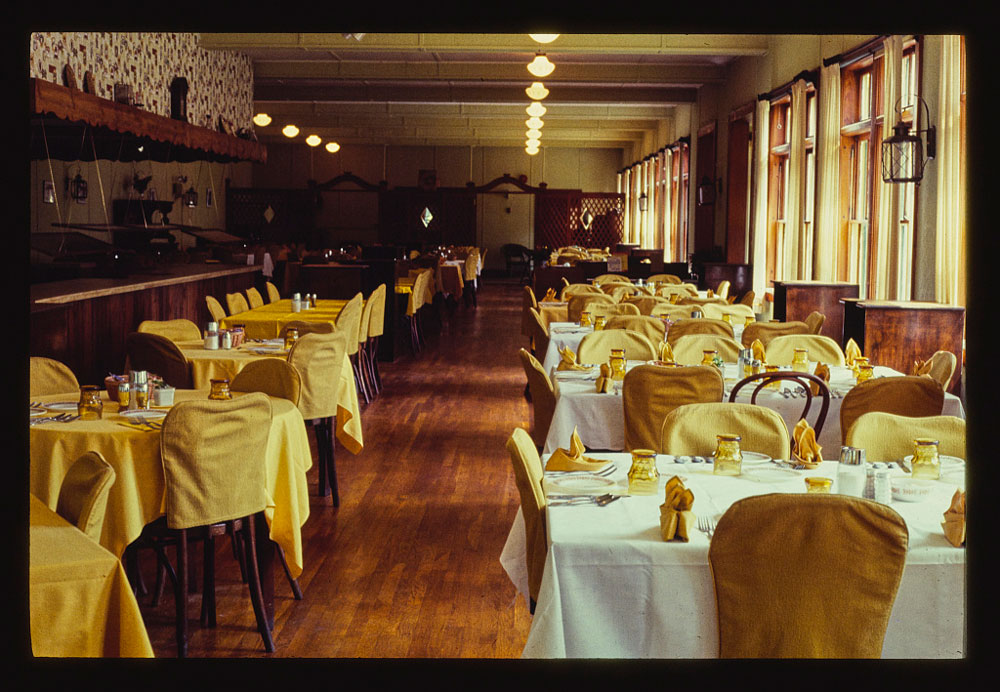
It was still early on in the season, so the dining room was about half-full at mealtime. Most of the early season visitors were elderly folks who had come down from Canada in a bus. Only one person really stood out, the man sitting alone near the salad bar. From first glance, you could tell there was something different about this guy. At the age I am now, I would recognize him as someone who is consistently observing, but then I couldn’t tell you anything about him.
Well, not completely true. I knew he always came alone, always came to stay for weeks at a time, and was very infrequently seen outside of mealtime. It’s possible that someone said that his name was John Margolies, but I didn’t remember. Someone said he was a photographer. One of the maids told me that he always taped the drapes shut when he came. Maybe he was using his room as an impromptu dark room? I thought at the time.
I never knew what kind of a photographer he was. I was 18 and lost in my own self too much to care about anyone else, so in all the times I waited on him, I never asked him.
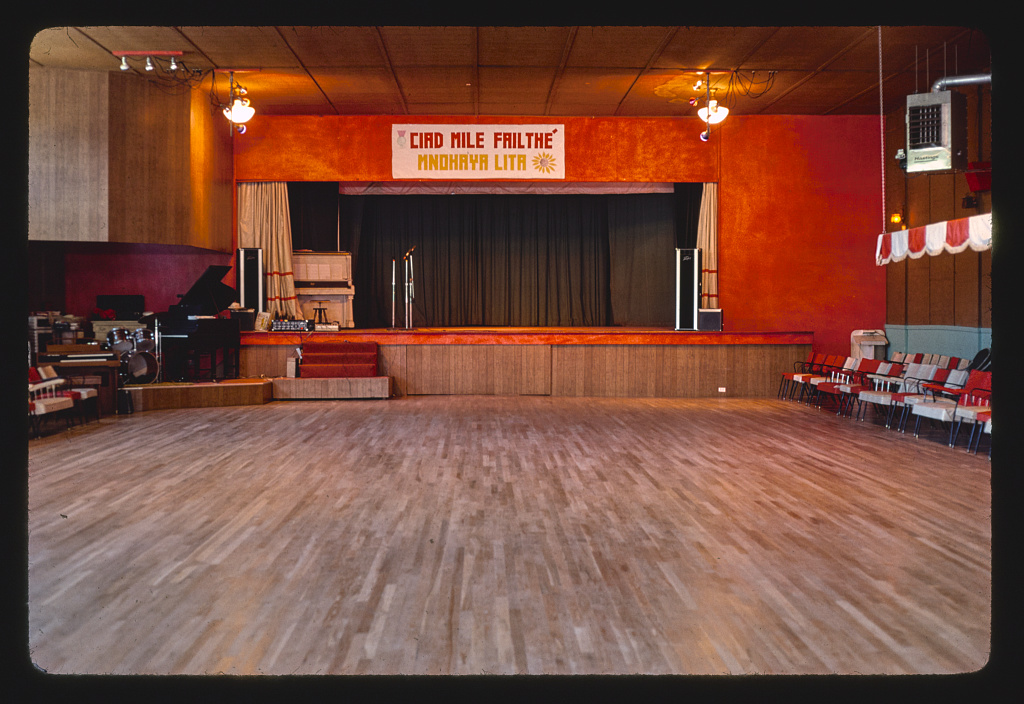
Scott’s was a throwback. Actually, that’s not necessarily true, Scott’s just hadn’t changed. The picture above was taken in 1978, but it could have been 1989, because it honestly looked the same. I was there for two seasons, and I left with more stories than I could possibly relate in the space of one blog post.
It’s fairly evident from the Library of Congress collection that during the summers of 1977 and 1978, John Margolies went to great number of Catskill resorts. Most of the pictures look like they may have been taken for brochures, with men and women seated around pools in bathing suits, lobby shots, pictures of the owners. There are quite a few people in these shots, but when I read his New York Times obituary, this was what was said:
Shooting in color with a 35-millimeter Canon FT, he strove to capture his subjects in consistent attitude: unsentimentally, against a cloudless blue sky (for which he often had to wait), devoid of the visual irritants like people and cars.
Visual irritants such as people. The phrase stuck in my head. Certainly this wasn’t true for these pictures, but over the years, especially in the 1980’s, the New York Times description was dead on. Very consistently a blue sky, no people, all taken with the same camera, with the same transparency film.
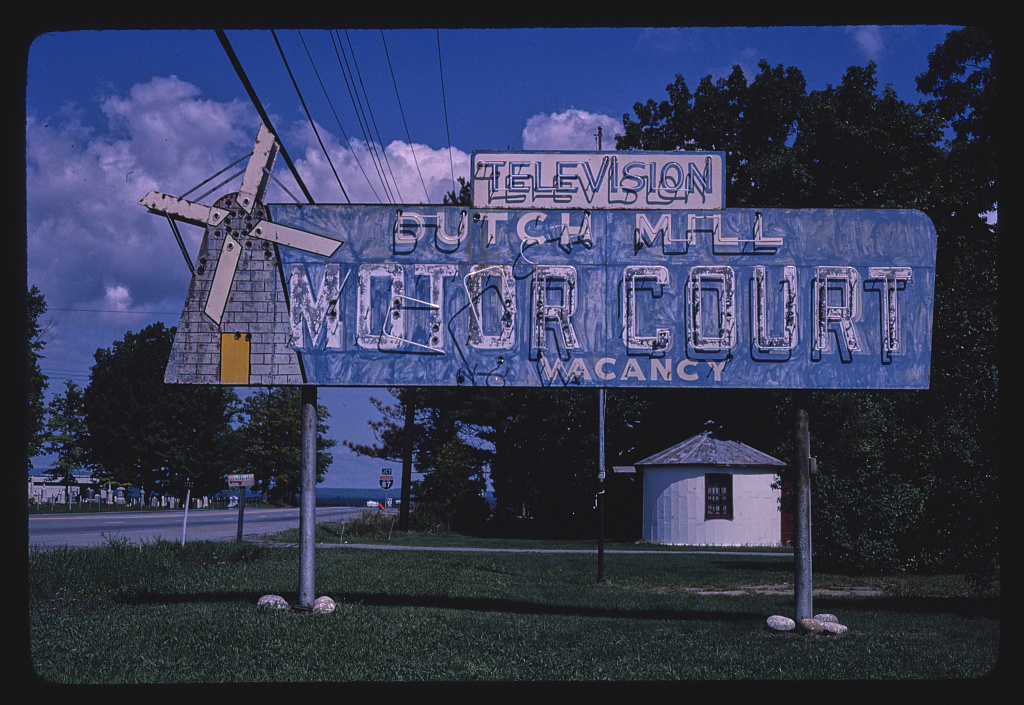
That was, until I kept looking at the Scott’s collection. Yes, there were plenty of shots of the lake, of various buildings, but then there was this one, of owner Ray Scott in his old car, taken during one of the summers I worked there:
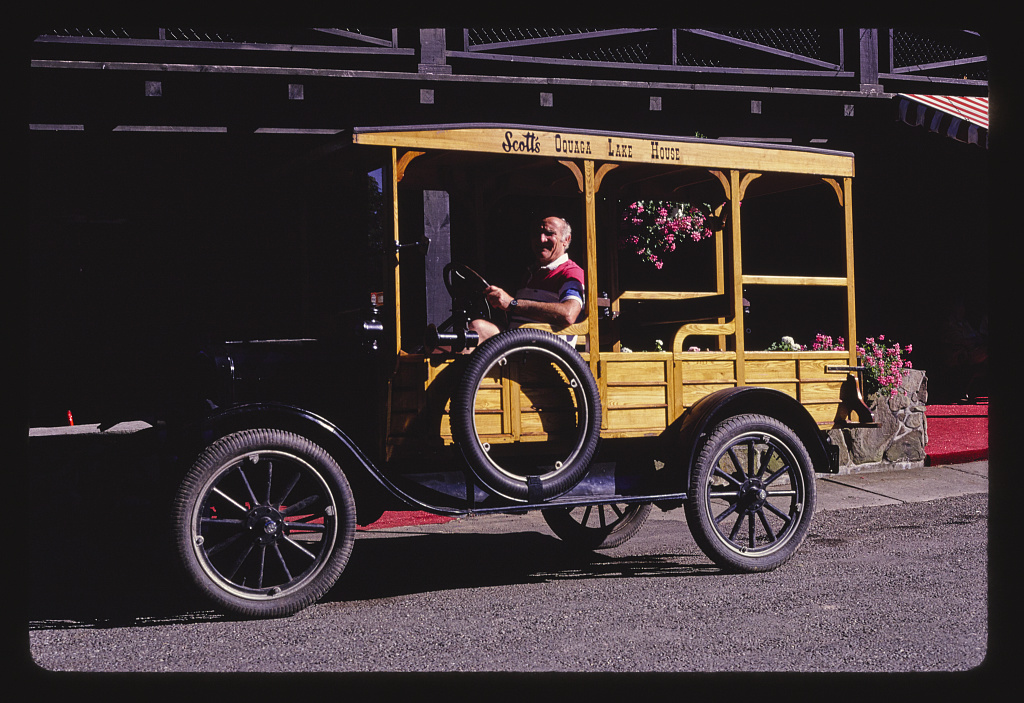
Scott’s meant something for John. It seems fairly evident, from the frequency he stayed there and the amount of pictures he took, that the place was a refuge for him. As I looked through this massive catalog, I felt bad that I never asked him about it when I had the chance.
The second year I was there, I got to be the staff photographer for the month or so before the actual staff photographer came in from California. I had no training at all. Ray basically handed me the camera and said the film goes in there and you press the little button to make the pictures happen. I could do that. The day before the tour buses were to go, I would drive in to Binghamton to get the pictures developed, hang around for a few hours and come back. Then they would tack the pictures to a billboard and the groups would come through and order as they saw fit.
The first group of pictures I took didn’t go over so well. Not that they weren’t good pictures, but in my training session, the question of what I should take pictures of never came up. Ray saw them, curled his lip, and growled something to the effect that I had taken pictures of nothing. That wasn’t especially true, but pictures of woods and flowers around the Scott’s Campus would hardly sell to people who were buying pictures of themselves. So I shrugged my shoulders and took pictures of the Canadians as they stood in large groups, and life continued.
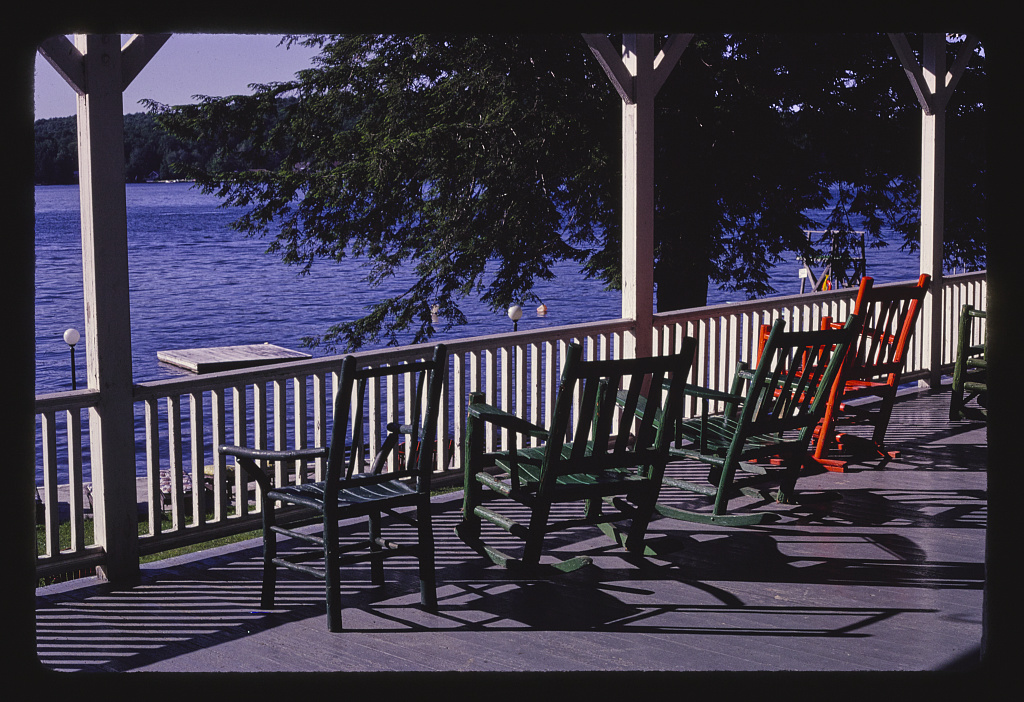
I was relieved of my photographer duties in late May of that year and resumed the life of a lowly waiter. John Margolies continued to show up for weeks at a time, sitting at his solitary table, and socially, this is the extent of where our paths crossed.
A few months ago, I got a book to read for our trip to Japan, but I decided it would be more interesting if I spent the flight hurling into a bag. Long story. At any rate, the book, which I eventually read after gastric distress had passed, was Geoff Dyer’s The Ongoing Moment. One of the points of this book is the intersection of themes and subjects within photography, that some photographers, although they have never met in person, meet in their pictures. So as I went through the huge catalog of images, I wondered which ones we had in common.
The answer was: surprisingly few. Although he spent a great deal of time in the Northeast, as have I, the subjects he chose were, thankfully, recordings of signs and locations that are no longer with us. But some remain.
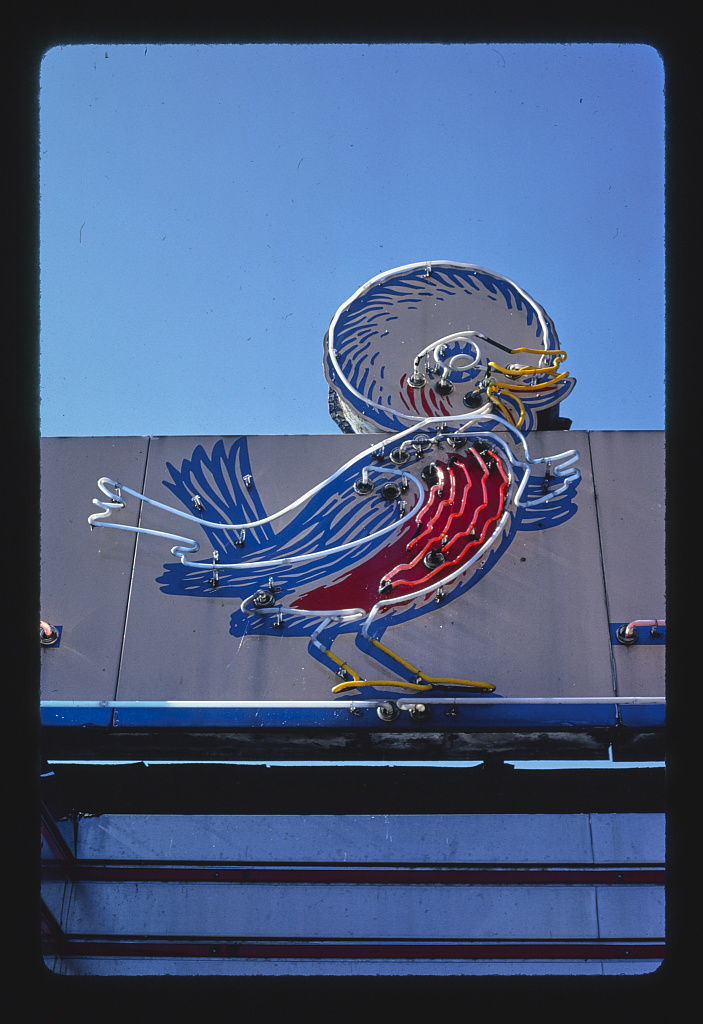
The Red Robin Diner is still in Johnson City. When I visited it in 2012, the white panels had yellowed considerably.
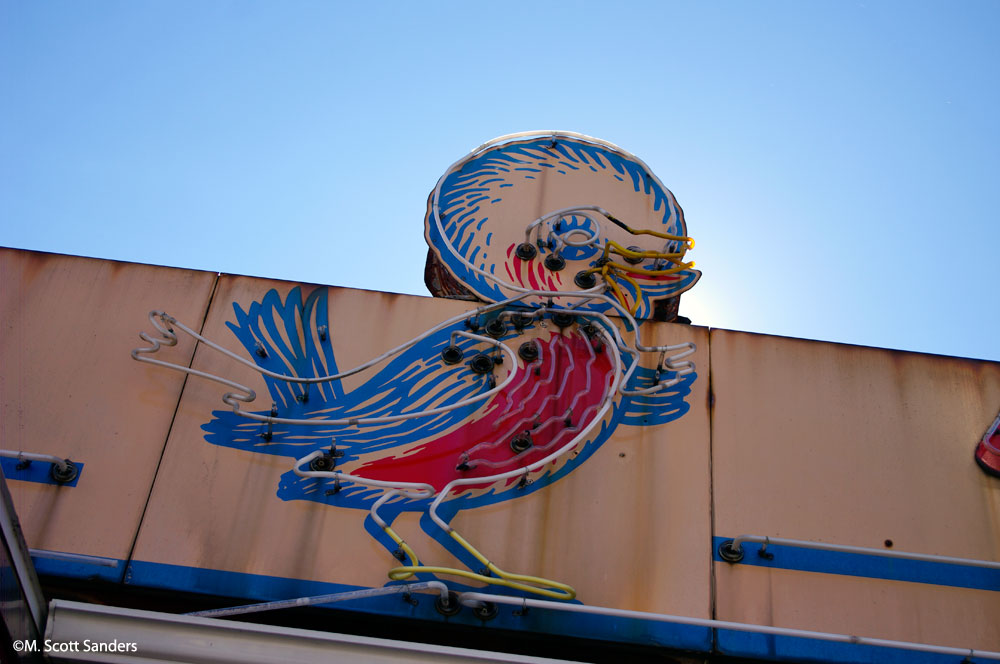
The Clam Box in Ipswich, Massachusetts has been one of my favorites for years. My parents have visited there as long as I have memory, so whenever I’m in the area, most likely you’ll find me there. John Margolies took this shot in the 80’s:
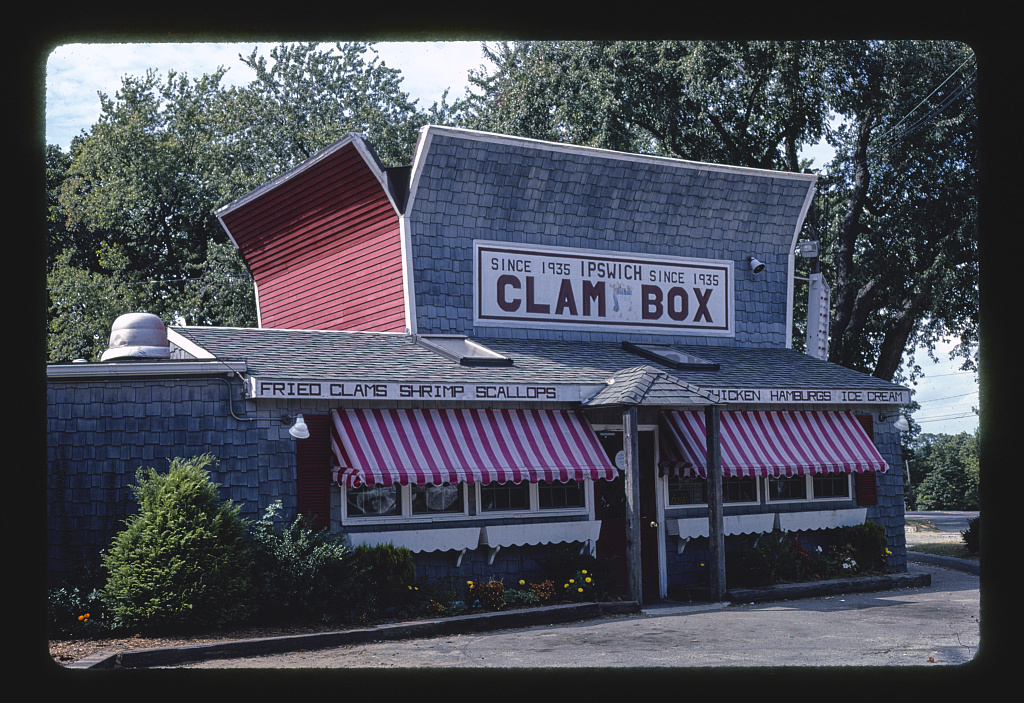
The New York Times’ statement about devoid of the visual irritants like people and cars came to mind when I saw this. However, the shot I took in 2011, is more representative of what the experience is like:
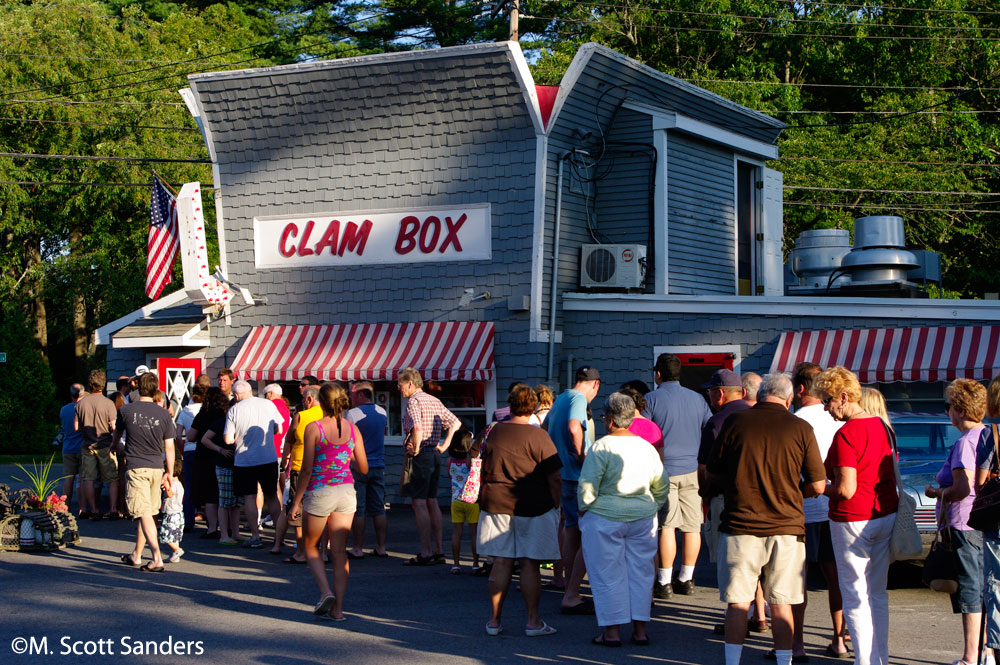 Schell’s in Temple, PA, north of Reading, has been a mainstay. When I saw his shot, I was sad and a little disappointed that the extra features on the sign no longer exist.
Schell’s in Temple, PA, north of Reading, has been a mainstay. When I saw his shot, I was sad and a little disappointed that the extra features on the sign no longer exist.

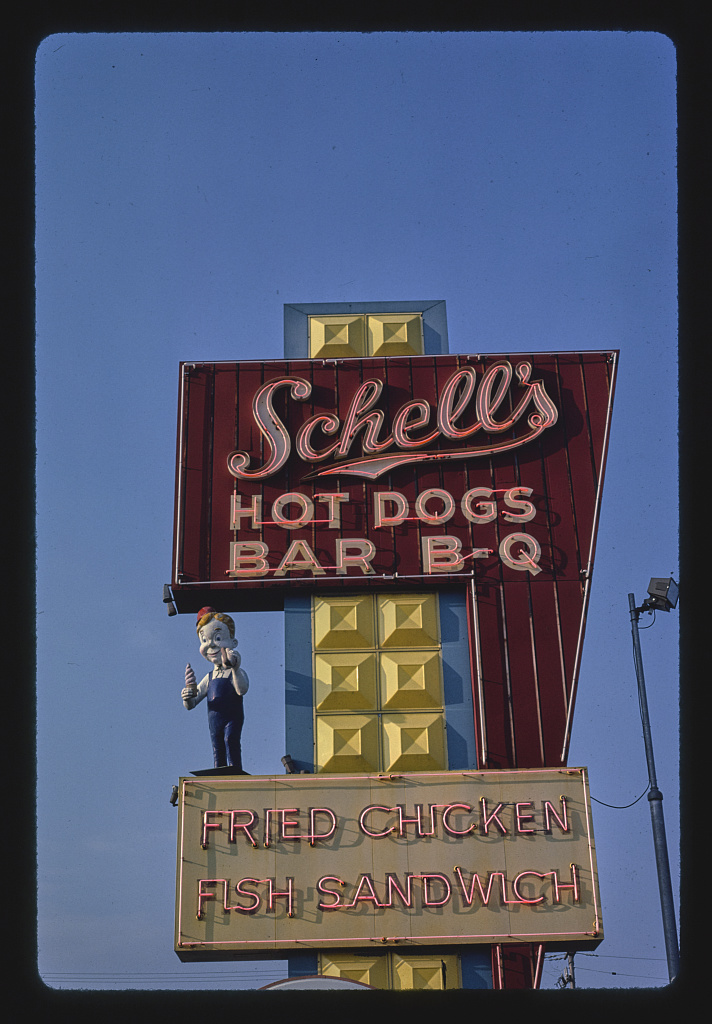
Finally, I checked the collection for Wildwood, but one of the only ones to come up was Laura’s Fudge. Again, I thought it was a cool sign now, but back then, even cooler.
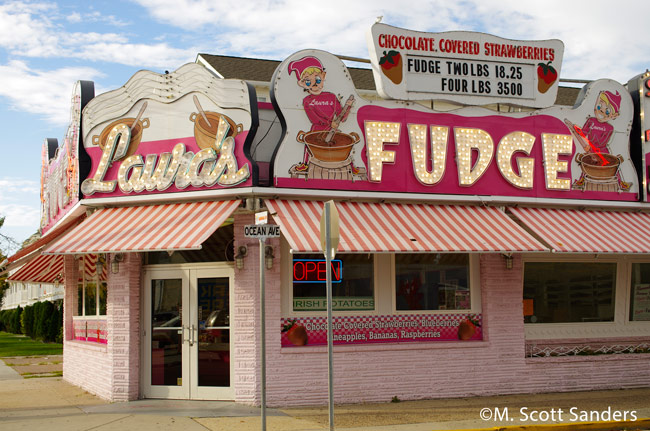
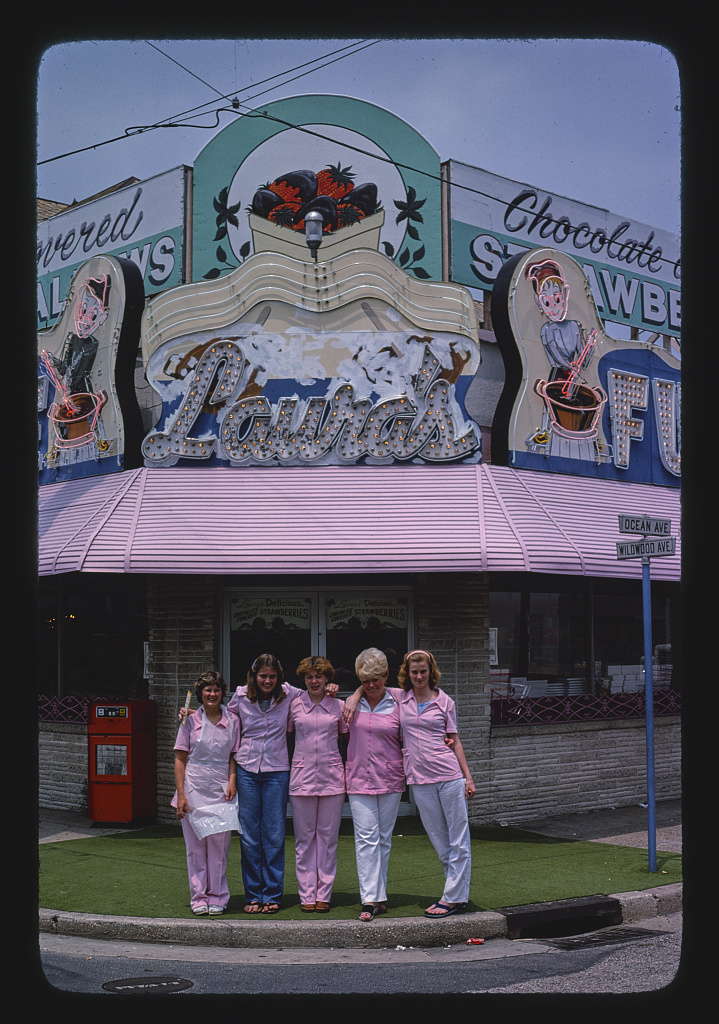
I’ll be going through some more in the coming weeks, I’m sure, but if you’re curious, here’s the link to the archive: loc.gov
I got to see a time on my life I never thought I would see again. All the pictures I took at Scott’s that spring of 1990 (I’m sure) made their way to the trash-heap just as soon as the Canadians pictured made it back to Canada. I’m so grateful to be able to remember these summers once more.
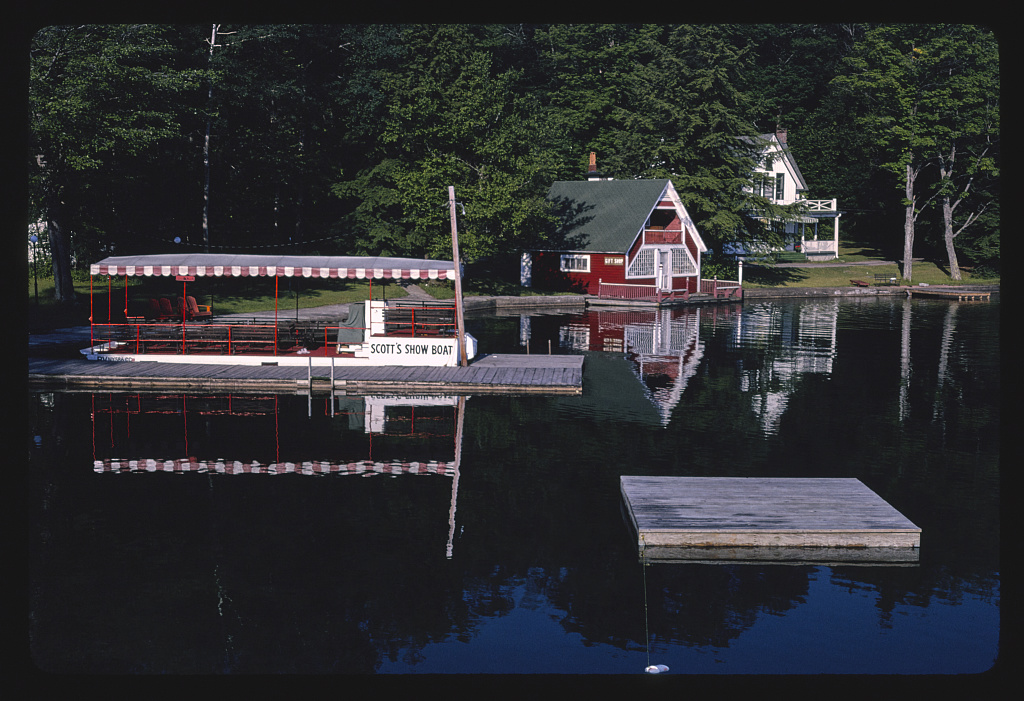
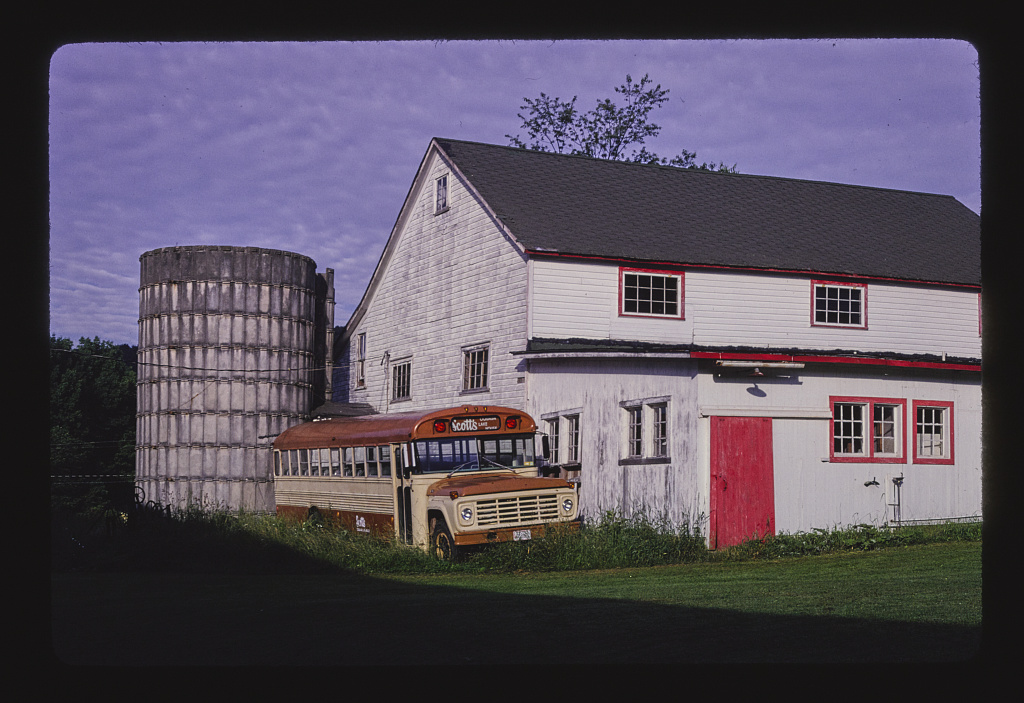

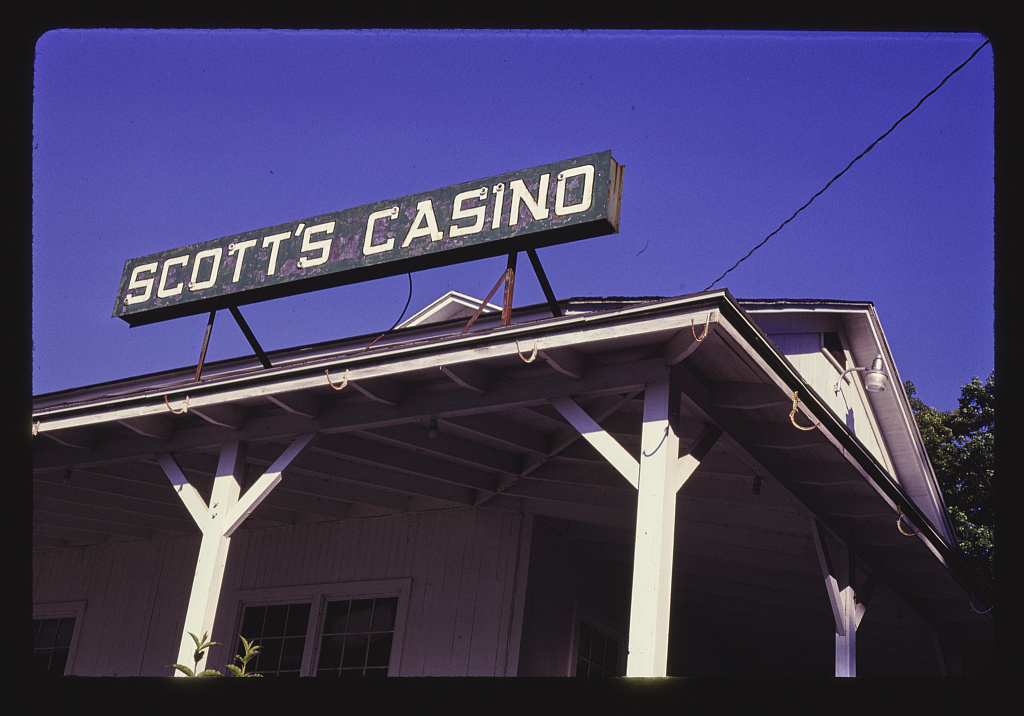
WOW! I am so glad that my mention of Margolies’ passing caused you to not only share your personal experience, but to also post some of his many photos. I had been a fan of his work since the late 1980s and ran into him once at the Postcard building at Brimfield one year. I knew who he was but was so tragically shy in my early years that I did not go up to him and introduce myself, but I remember he was asking someone about the Desert of Maine. I may have offered a comment – I would like to think I did – but I can’t be sure. Fast forward a few decades and when I saw he was doing a book signing at Taschen in NYC we went and bought Roadside America and got him to sign it. I was much more chatty at that time, but there was a line of folks waiting for their books to be signed so I could not engage like I had hoped. SO GLAD he took all these photos and that they’re in good hands. (Oh and I too have oft waited for “visual irritants” to leave my framing, and the only time I want to cut down a tree on the spot is when it gets in front of something I’m trying to shoot :-)) Thank YOU for sharing your story and adding it to history!
Thanks so much for posting that link to LOC on Facebook! One thing that I didn’t say, but probably should have said, is that among the staff working there at the time, there probably wasn’t anybody there who didn’t think he was weird. The fact of the matter is, to a bunch of 18-19 year-olds, he had no choice but to be weird. At that time, you don’t appreciate the fact that the weird and different people are the ones who do the extraordinary things.
When I thought about the “visual irritants” comment, I realized I did the same things as well, but I also realized that it doesn’t have to be that way. The shot of Laura’s Fudge, for example, was so personal and so effective I really began to question the purity of a picture of “just a sign” or “just a building.” Anyway, I could go on and on about this, should probably build a post around this and probably will, but I’m going to try to work in more humanity to my shots.